3. Circular Open Source Fashion¶
Start of a new week. We had a new theme, new homework but i was very anxious about this one. Because i choose this as one of the themes i want to try for my final project. So this is how i started to do this assignment.
Research & Ideation¶
We kickstart this week with a lecture on CIRCULAR OPEN SOURCE FASHION. After the lecture i went to my archives to search for the model i did at the Fabricademy Bootcamp in Switzerland, Geneva. There i found my first design i did on this theme.
 As usually my first step is to browse some of the others participants pages, so some of my favourites were: V I C K Y + L U A N. I also enjoyed reading the Micky van Zeijl's MAKING SUSTAINABILITY WORK and how she was able to create the interlocking system.
As usually my first step is to browse some of the others participants pages, so some of my favourites were: V I C K Y + L U A N. I also enjoyed reading the Micky van Zeijl's MAKING SUSTAINABILITY WORK and how she was able to create the interlocking system.
References & Inspiration¶
After that i went to Pinterest to search for my inspiration and some references and put together the mood board with what i liked and inspires me.


Process and workflow¶
I started my project with doodling on a piece of paper. I began to work with basic shapes like square and circles, and basic interlocking, just to star to understand better how this process works. After that i started to work with AutoCAD to try to get the basic shapes in a 2D format. After that i multiply them, exported as an pdf and printed on paper to do the mock up test and to see approximately what i have to work with.

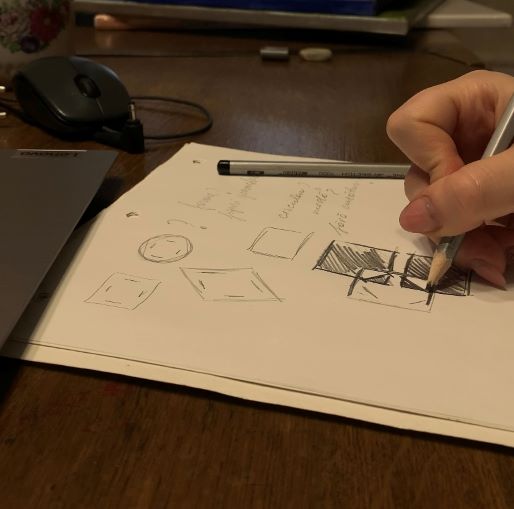





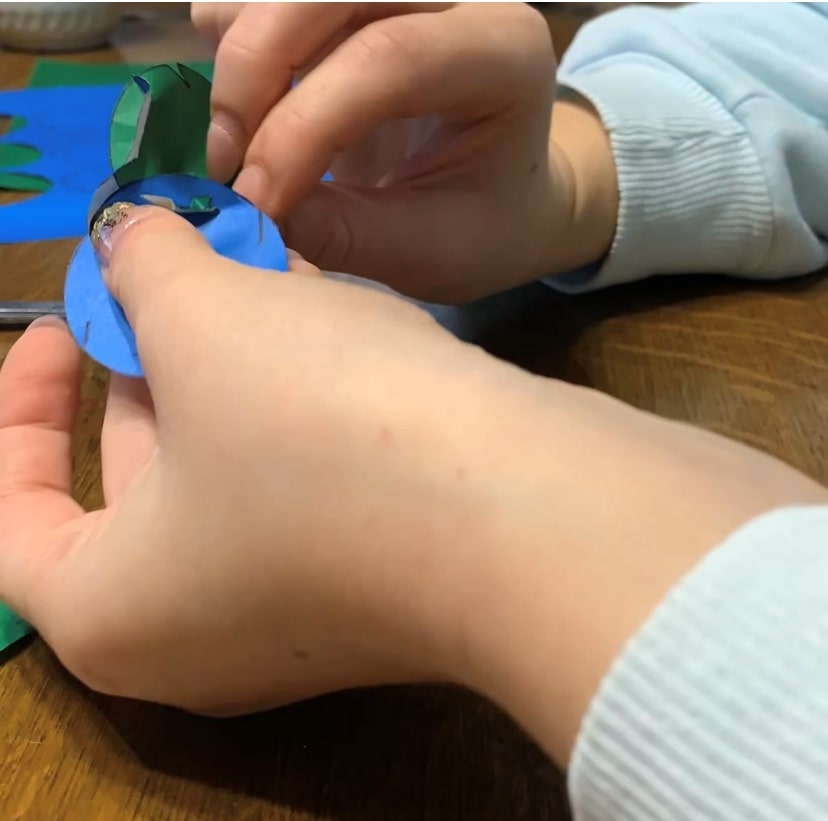
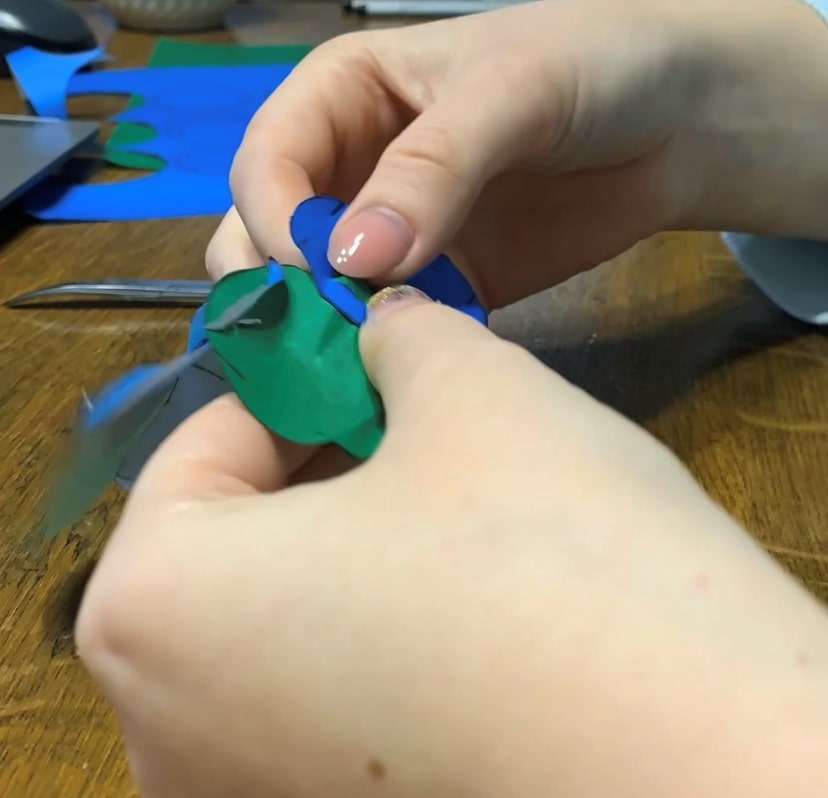
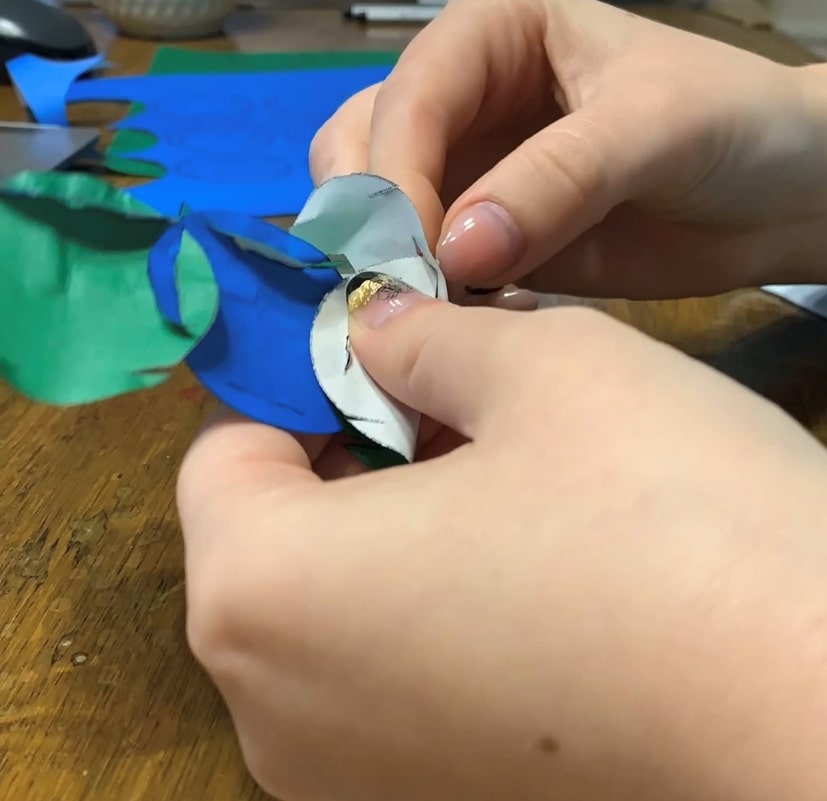
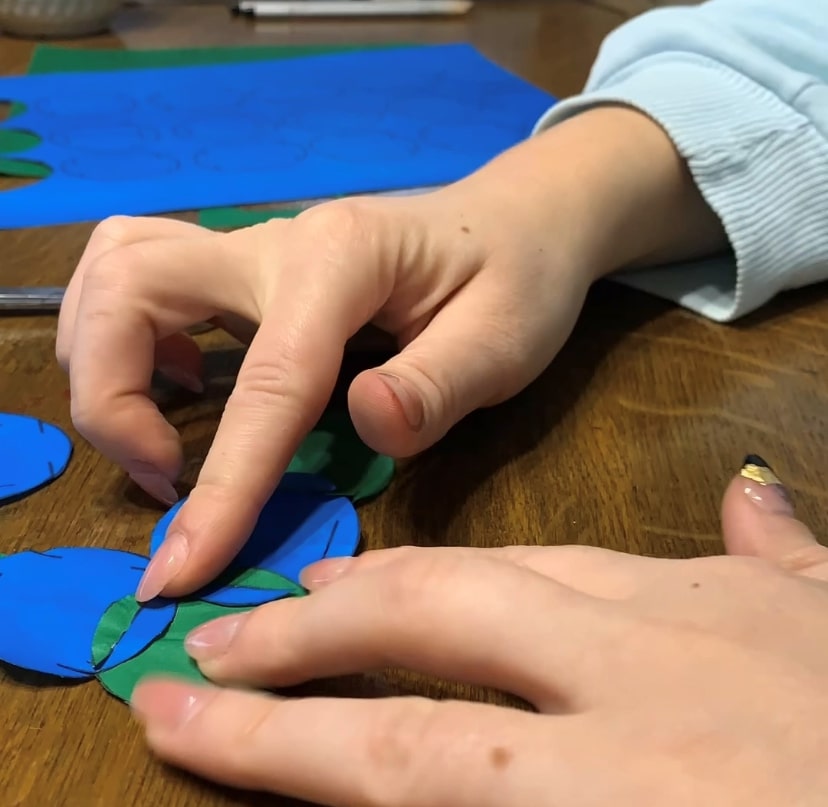
Paper tasting¶
This is the paper testing results

Failed ideas¶
Also some failed ideas

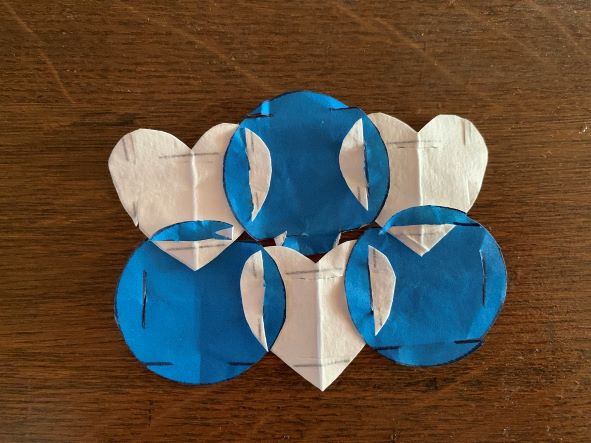
Here i tried to do something like a fish and heart. But i feel like these are failed designs.
Designing my model¶
I really wanted to do something simple but interesting, with a touch of myself. So i decided to try to recreate the basic folk flower that can be found and recognized everywhere in Moldova. This can be found mostly in traditional clothing as it's a traditional stitch design.

Following this design i tried to capture the most important part and started to create my 2D format in AutoCAD.
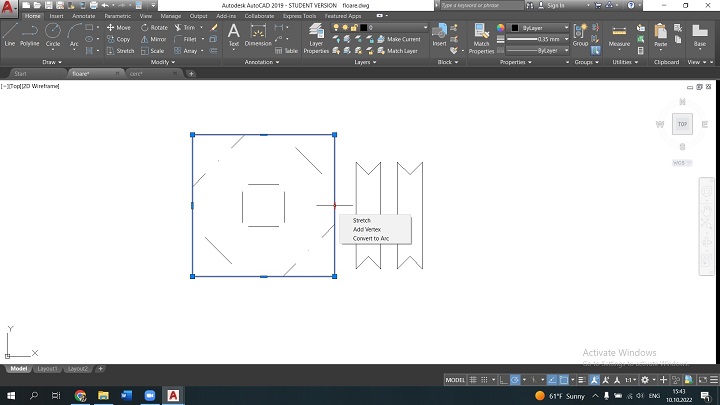
After i was satisfied with my design i export it as a [.dxf] file, and went to the FabLab to get the needed pieces cut from felt with the height of 4 mm in black and white colors. Firstly, at the FabLab, together with the local instructor, we set the needed parameters for the laser to cut the felt and tested it.
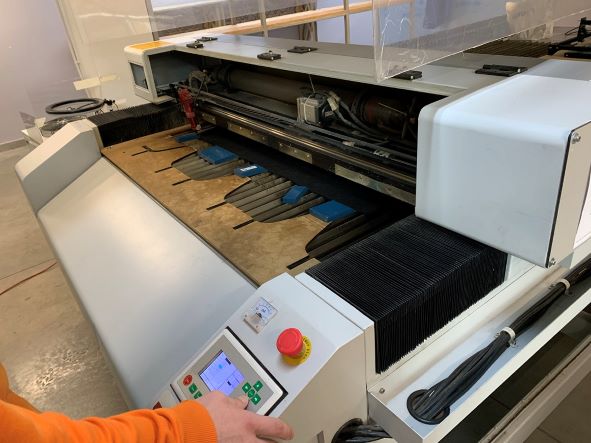
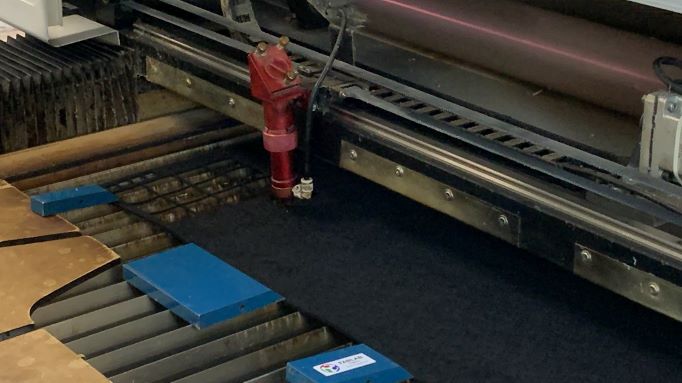
Then i did some testing of my design, and i was not happy with the size, so i changes the size on the bigger side.
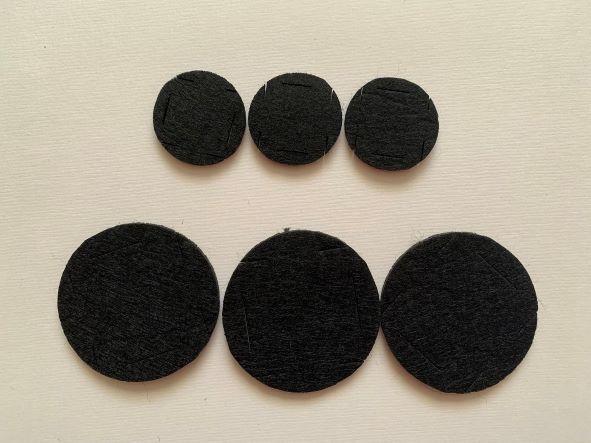
After all the corrections and editing, when i was finally happy with everything i cut the design at the laser.
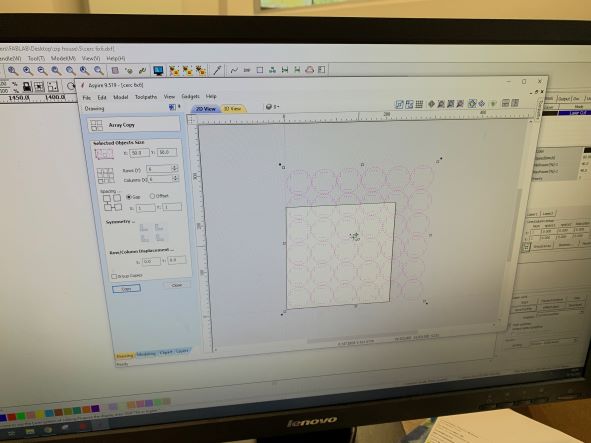
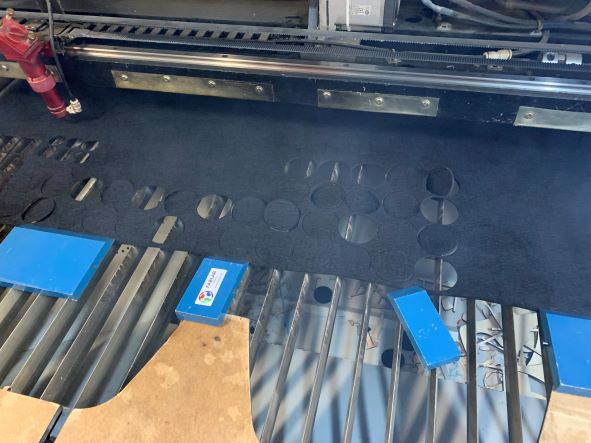
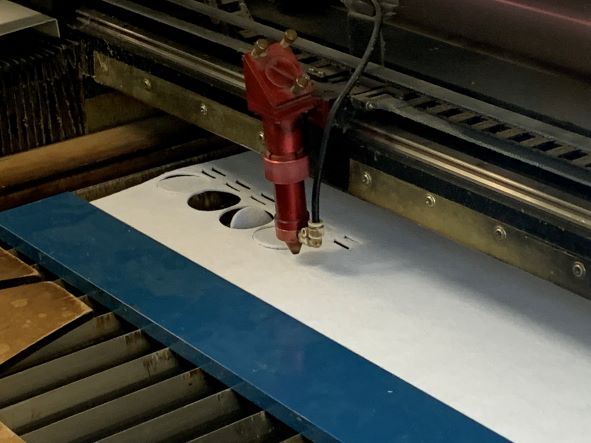
Laser data¶
Here are the laser data

Then came the assembling process
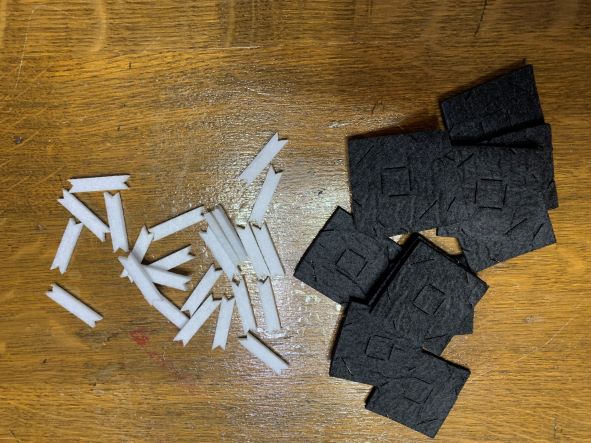
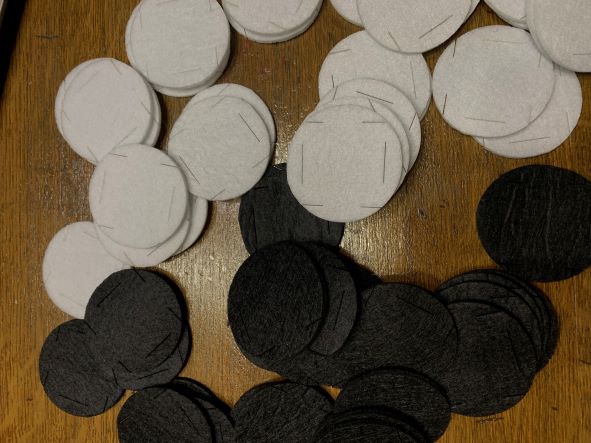
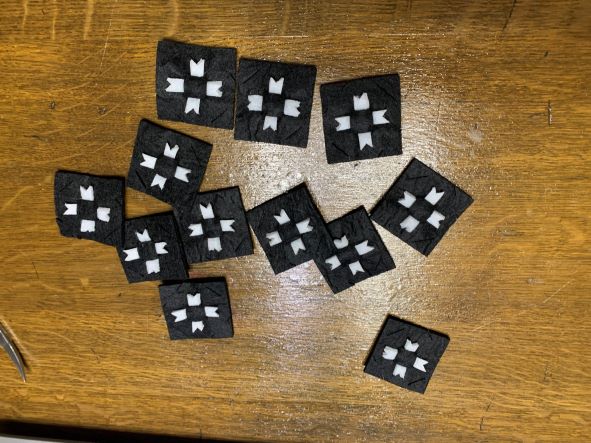



Final result¶
And the final result.

